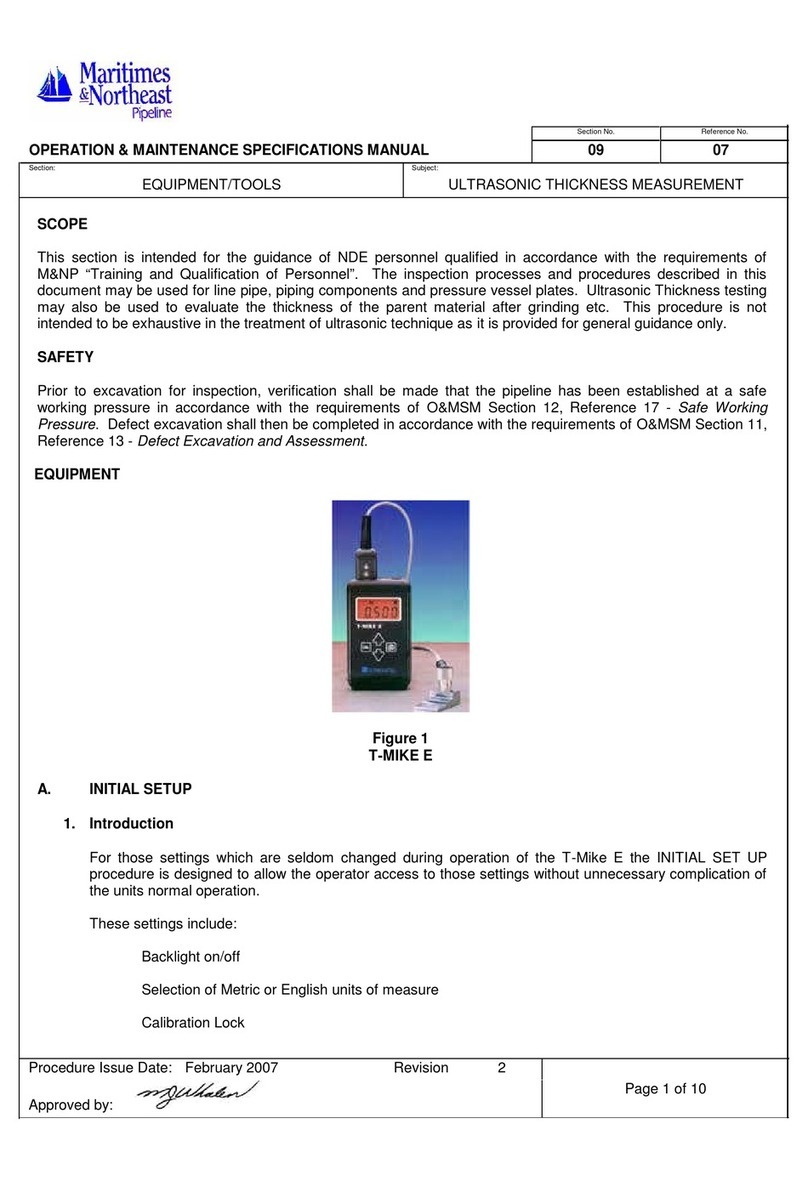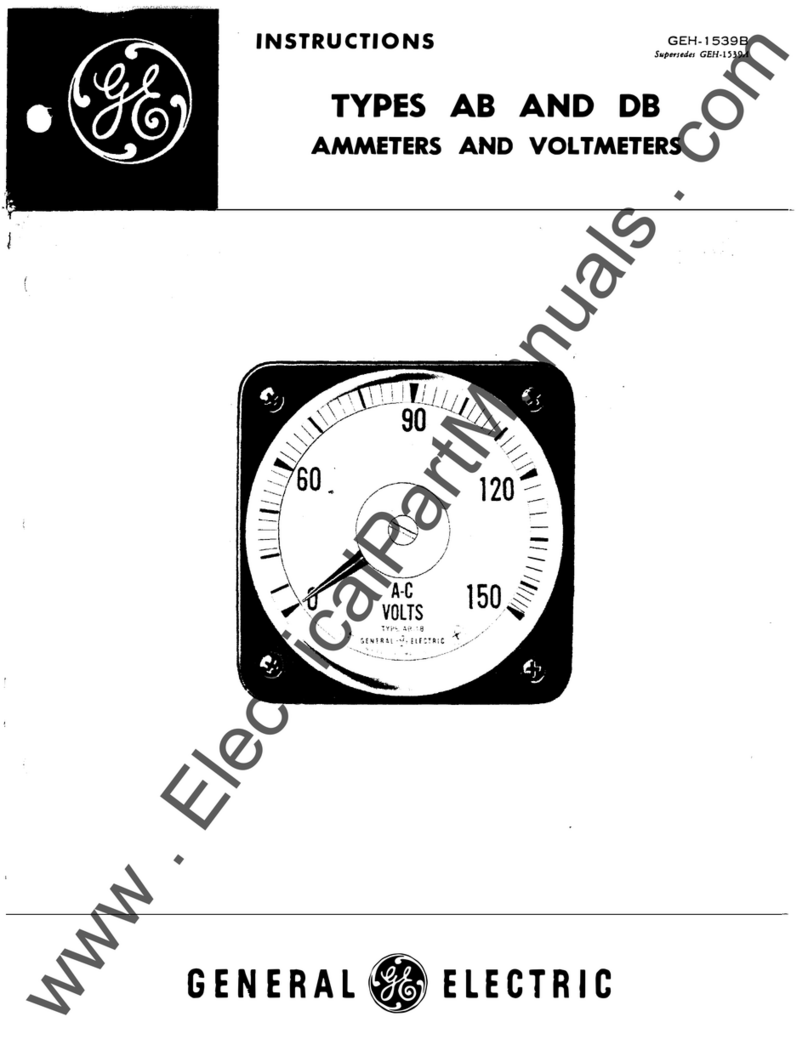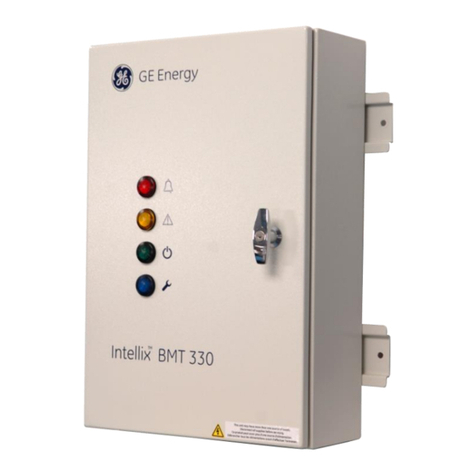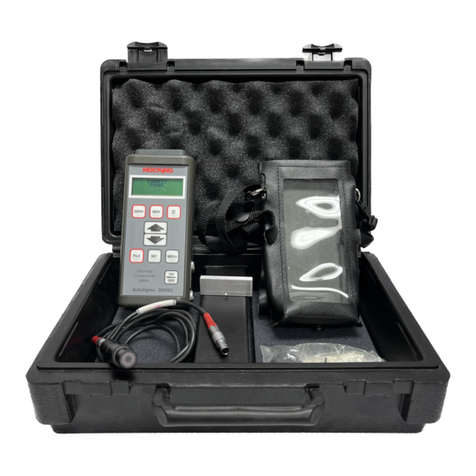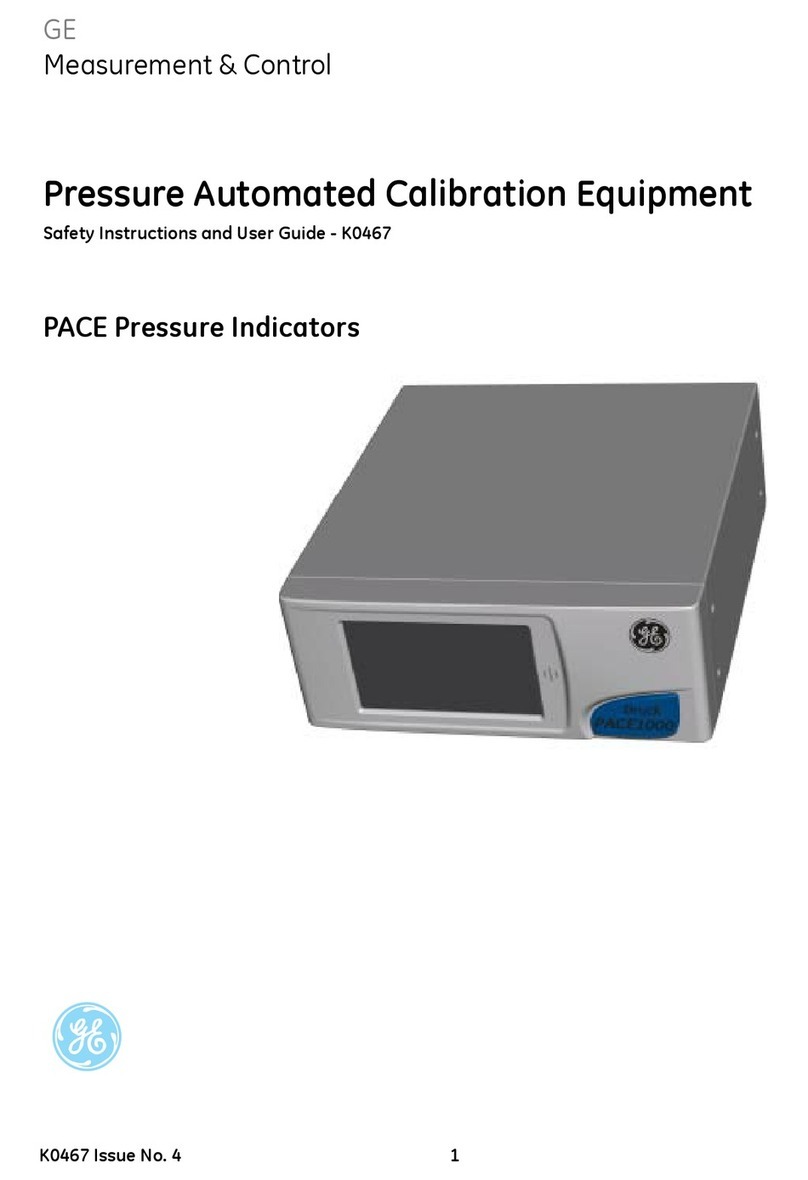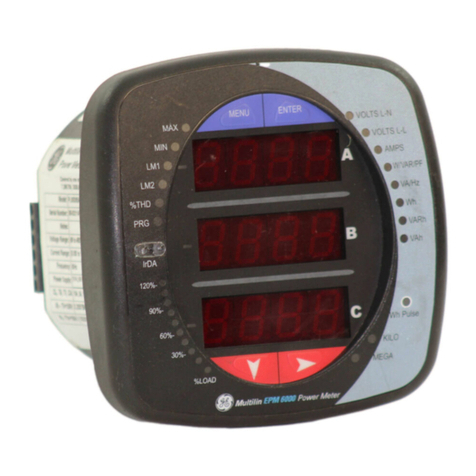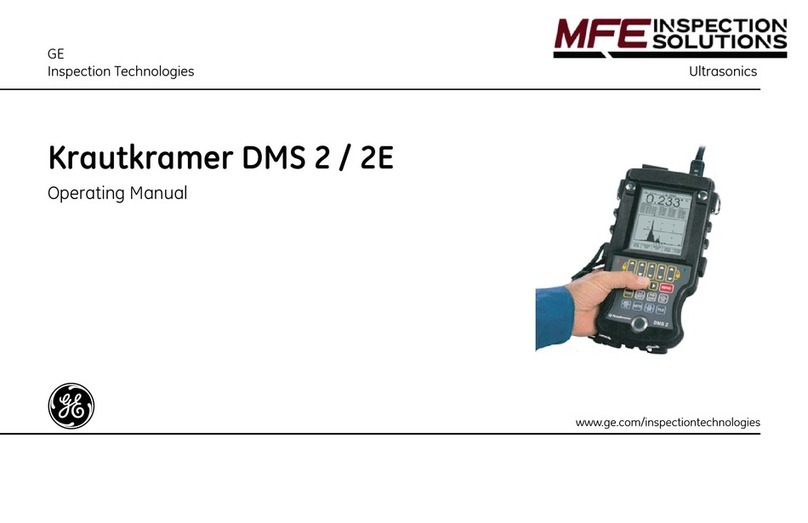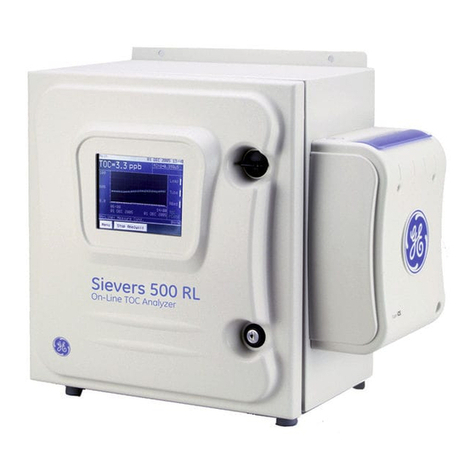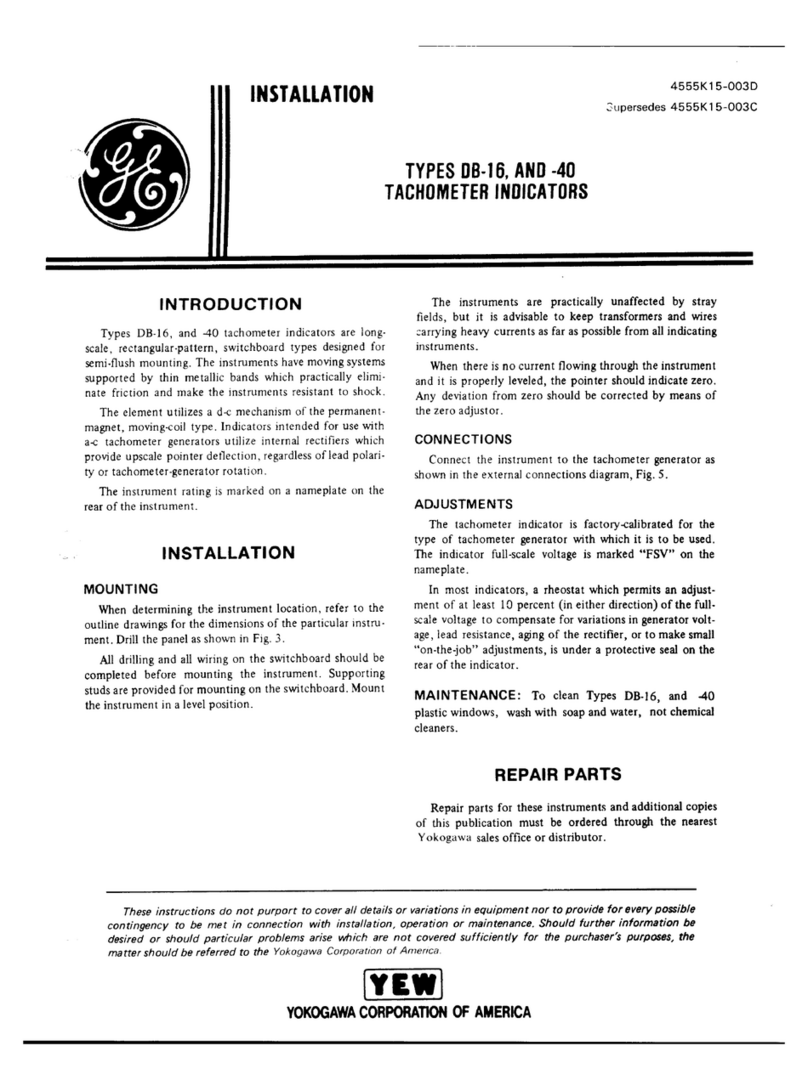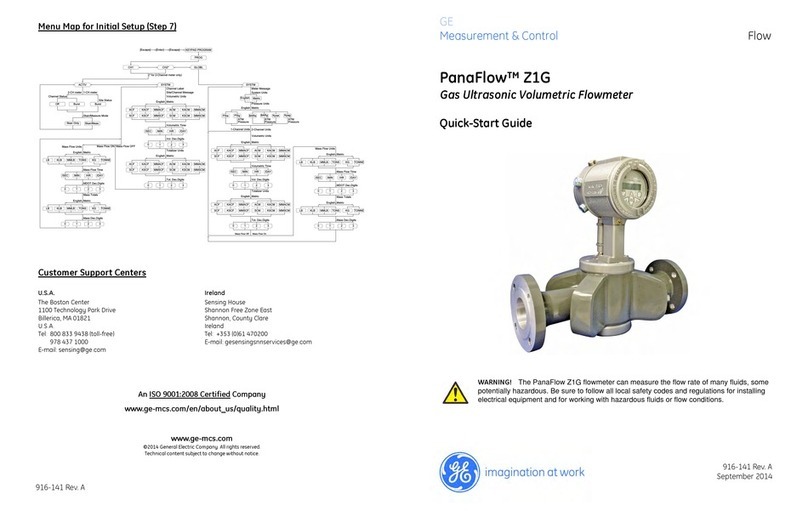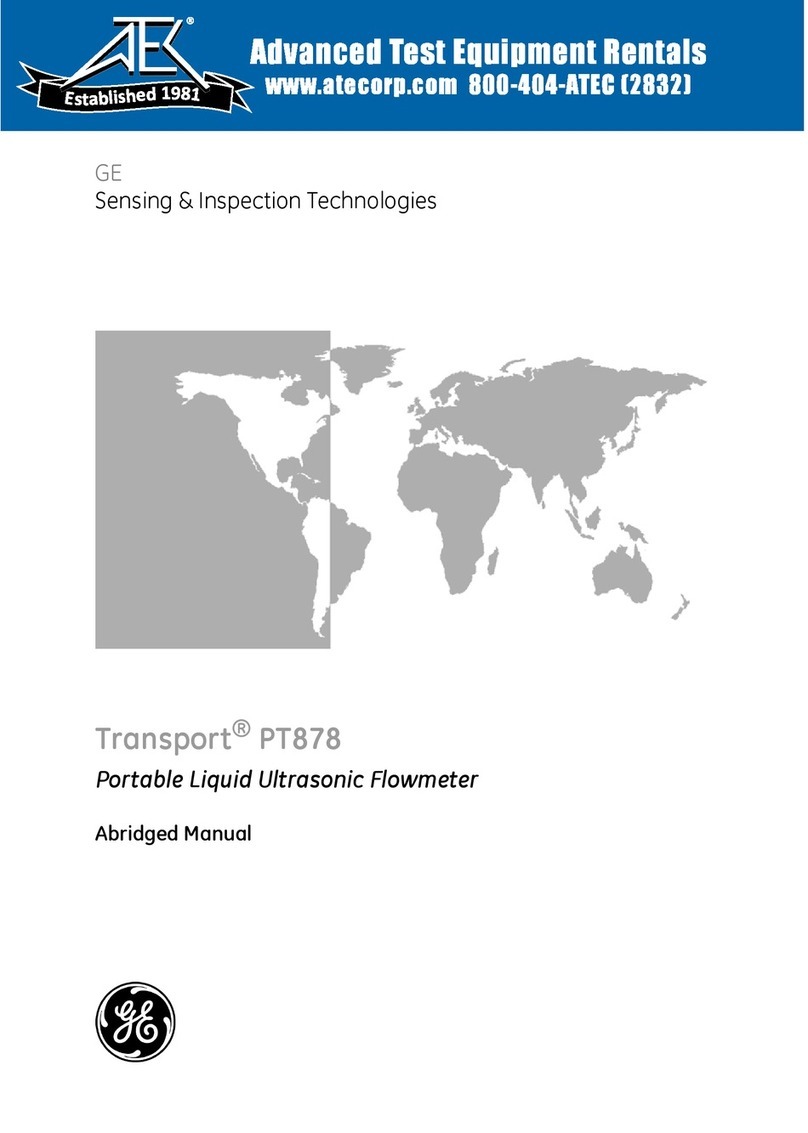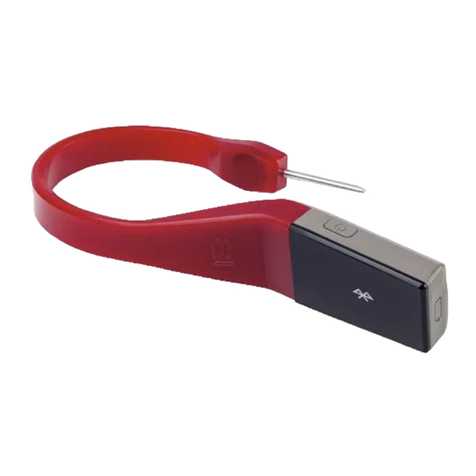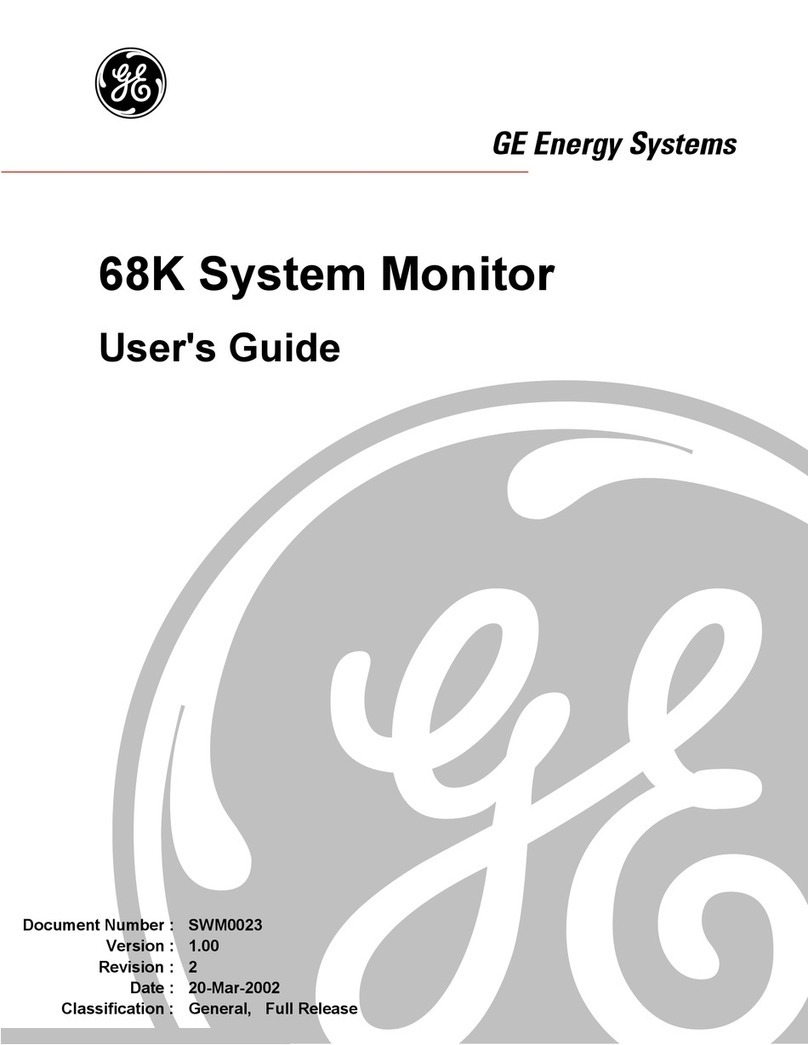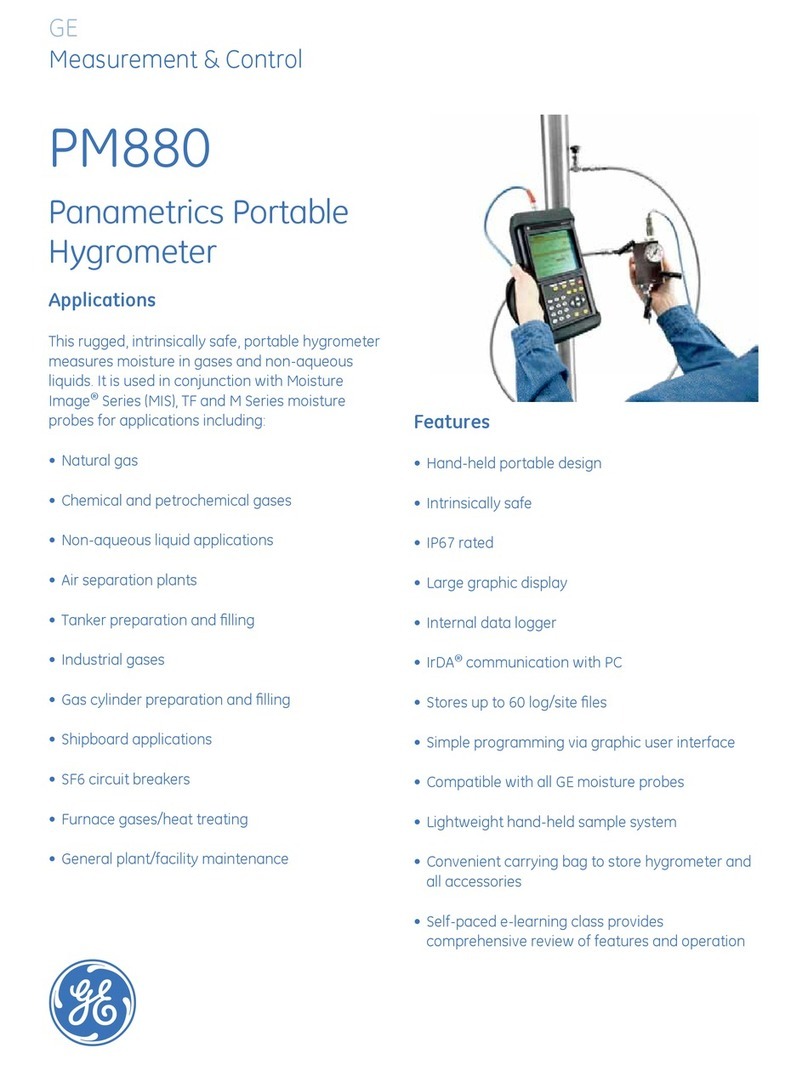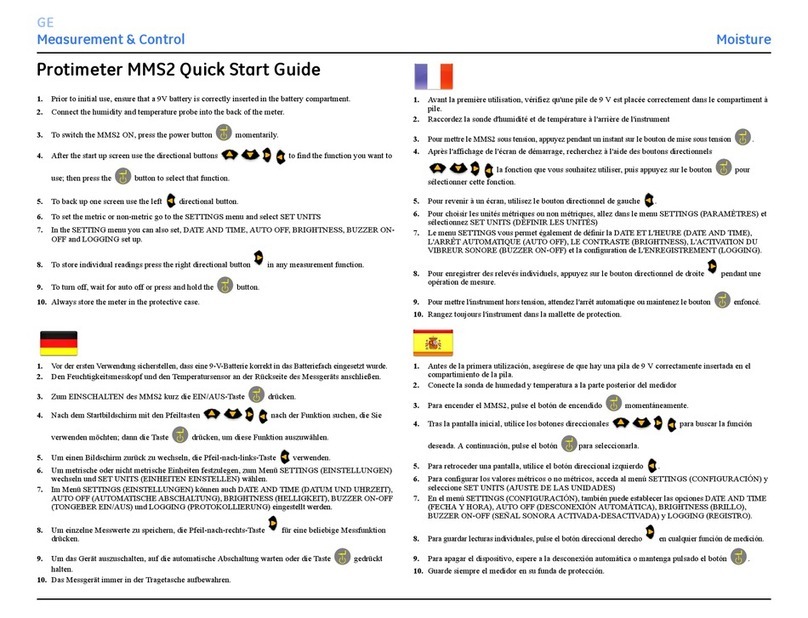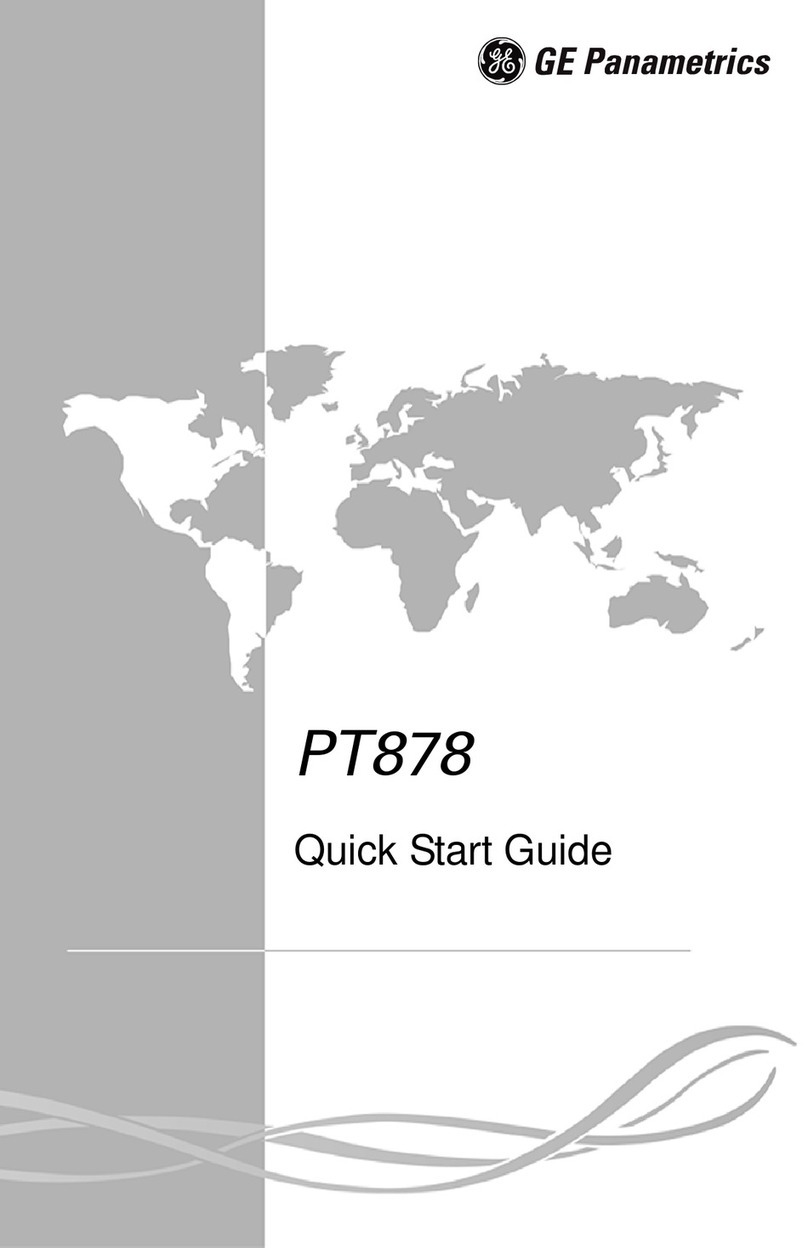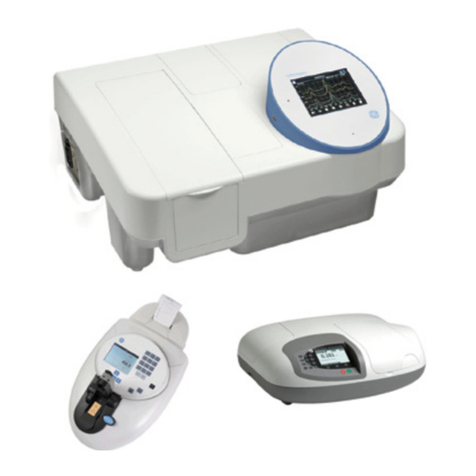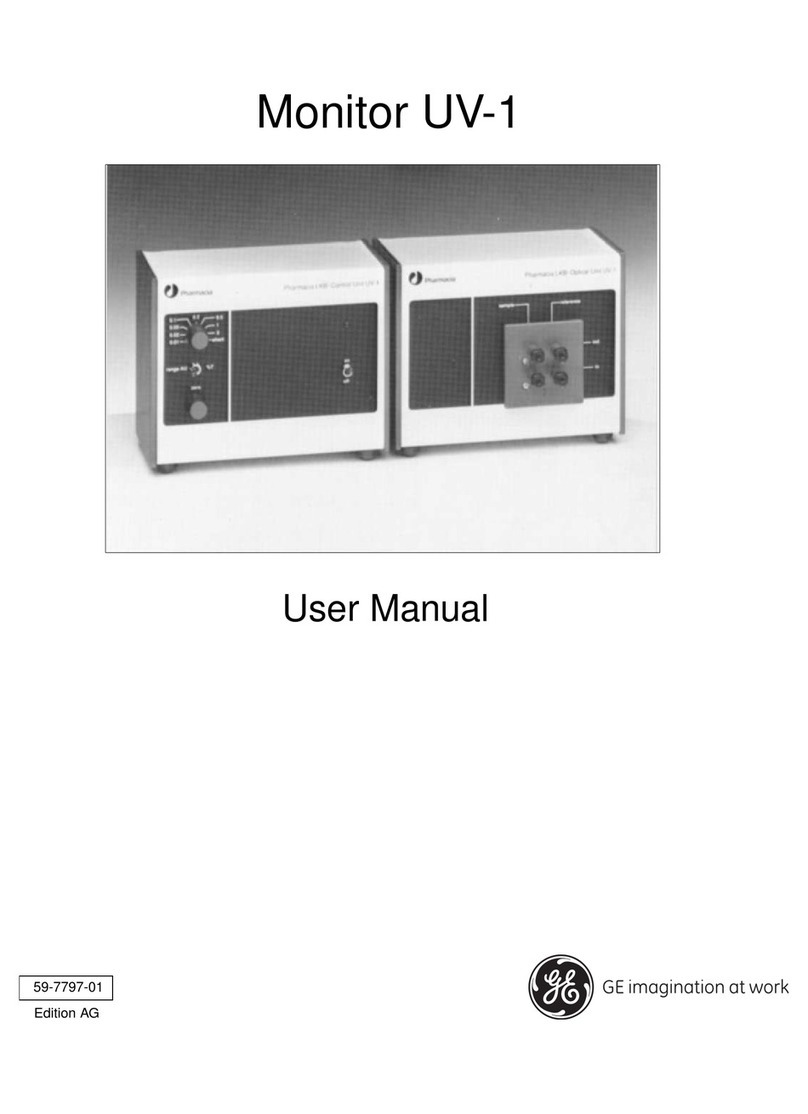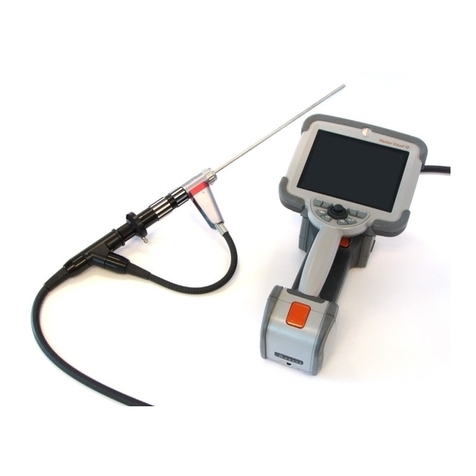
vi N60 NETWORK STABILITY AND SYNCHROPHASOR MEASUREMENT SYSTEM – INSTRUCTION MANUAL
TABLE OF CONTENTS
5.6.1 FlexLogic operands........................................................................................................ 5-185
5.6.2 FlexLogic rules.................................................................................................................. 5-197
5.6.3 FlexLogic evaluation...................................................................................................... 5-197
5.6.4 FlexLogic example..........................................................................................................5-197
5.6.5 FlexLogic equation editor............................................................................................ 5-202
5.6.6 FlexLogic timers............................................................................................................... 5-202
5.6.7 FlexElements ..................................................................................................................... 5-202
5.6.8 Non-volatile latches.......................................................................................................5-207
5.6.9 FlexMath.............................................................................................................................. 5-208
5.7 Grouped elements............................................................................................. 5-211
5.7.1 Overview ............................................................................................................................. 5-211
5.7.2 Setting group 1................................................................................................................. 5-211
5.7.3 Power swing detect (ANSI 68).................................................................................... 5-211
5.7.4 Phase current ................................................................................................................... 5-221
5.7.5 Neutral current................................................................................................................. 5-233
5.7.6 Ground current ................................................................................................................ 5-241
5.7.7 Voltage elements ............................................................................................................ 5-244
5.7.8 Supervising elements.................................................................................................... 5-247
5.7.9 Sensitive directional power (ANSI 32) .................................................................... 5-249
5.8 Control elements ............................................................................................... 5-252
5.8.1 Overview ............................................................................................................................. 5-252
5.8.2 Trip bus ................................................................................................................................ 5-252
5.8.3 Setting groups .................................................................................................................. 5-254
5.8.4 Selector switch................................................................................................................. 5-256
5.8.5 Underfrequency (ANSI 81U)........................................................................................ 5-262
5.8.6 Overfrequency (ANSI 81O) .......................................................................................... 5-263
5.8.7 Synchrocheck (ANSI 25) ............................................................................................... 5-264
5.8.8 Digital elements............................................................................................................... 5-270
5.8.9 Digital counters................................................................................................................ 5-273
5.8.10 Monitoring elements ..................................................................................................... 5-275
5.8.11 Frequency rate of change (ANSI 81R).................................................................... 5-282
5.8.12 Digitizers.............................................................................................................................. 5-284
5.8.13 8-bit comparators .......................................................................................................... 5-287
5.8.14 8-bit switches.................................................................................................................... 5-293
5.9 Inputs/outputs ................................................................................................... 5-295
5.9.1 Contact inputs.................................................................................................................. 5-295
5.9.2 Virtual inputs..................................................................................................................... 5-297
5.9.3 Contact outputs............................................................................................................... 5-298
5.9.4 Virtual outputs.................................................................................................................. 5-301
5.9.5 Resetting ............................................................................................................................. 5-301
5.9.6 Direct inputs and outputs ........................................................................................... 5-302
5.9.7 Direct analog inputs and outputs ........................................................................... 5-306
5.9.8 Direct integer inputs and outputs ........................................................................... 5-308
5.9.9 Teleprotection................................................................................................................... 5-310
5.10 Transducer inputs/outputs.............................................................................. 5-311
5.10.1 DCmA inputs...................................................................................................................... 5-311
5.10.2 RTD inputs .......................................................................................................................... 5-312
5.10.3 DCmA outputs .................................................................................................................. 5-313
5.11 Testing................................................................................................................. 5-317
5.11.1 Test mode function ........................................................................................................5-317
5.11.2 Test mode forcing........................................................................................................... 5-317
5.11.3 Phasor Measurement Unit test values.................................................................. 5-318
5.11.4 Force contact inputs ..................................................................................................... 5-319
5.11.5 Force contact outputs .................................................................................................. 5-319


